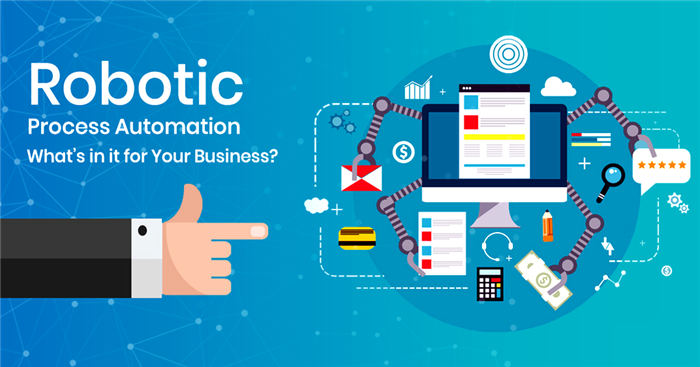Unable to find what you're searching for?
We're here to help you find it
Robotic Process Automation, also known as RPA, is a software technology developed with the help of Artificial Intelligence (AI) and Machine learning technology, which designs Robots (bots) which helps in carrying out easy day-to-day tasks independently without any human interference. It is a kind of technology that reduces time and creates no error outcomes for all day-to-day, repetitive, or mundane tasks. It does it’s assigned work independently, which previously required humans to perform manually. Some of these tasks include doing calculations, maintaining daily records, addressing queries, and executing transactions etc.
Let’s say Mr. A is working in an XYZ company as an accountant. He manages invoices, cheques, financial transactions, etc., daily. He needs to collect all the crucial details from these tasks, let’s say, name of the company, date of processing, and Invoice ID into systematic form into an excel sheet and mail it to his superior with other financial records by the end of the day. This means he has to do this task repetitively every day. But this proves to Mr. A that it is way too time-consuming and needs a lot of effort. To overcome this challenge, he uses Robotic Process Automation, where the software bot helps him to extract all the data from the invoice, adds it to the excel sheet with the provided link, and then mails the sheet to his superior within the prescribed time.
Also Read: Future of Robotic Process Automation (RPA) 2022 and Beyond
So how does RPA work? Generally, RPA goes through four phases, which are mentioned below-
There are several misconceptions related to RPA, which are cleared below-
ALSO Read: Robotic Process Automation (RPA) Career Opportunities 2022 - 2023
RPA is gaining massive popularity in almost all sectors, namely, Marketing and Sales, Customer Relationship, Insurance Companies, Finance and Banking Sectors, IT sectors, and many more. Since 2016 it has created a massive hike in demand—any company which is highly labor-intensive benefits the most from RPA adoption. In short, the adoption of RPA in a company leads to saving money, reduction in time, and helps employees focus on more high-end work.

Archer Charles has top education industry knowledge with 4 years of experience. Being a passionate blogger also does blogging on the technology niche.










